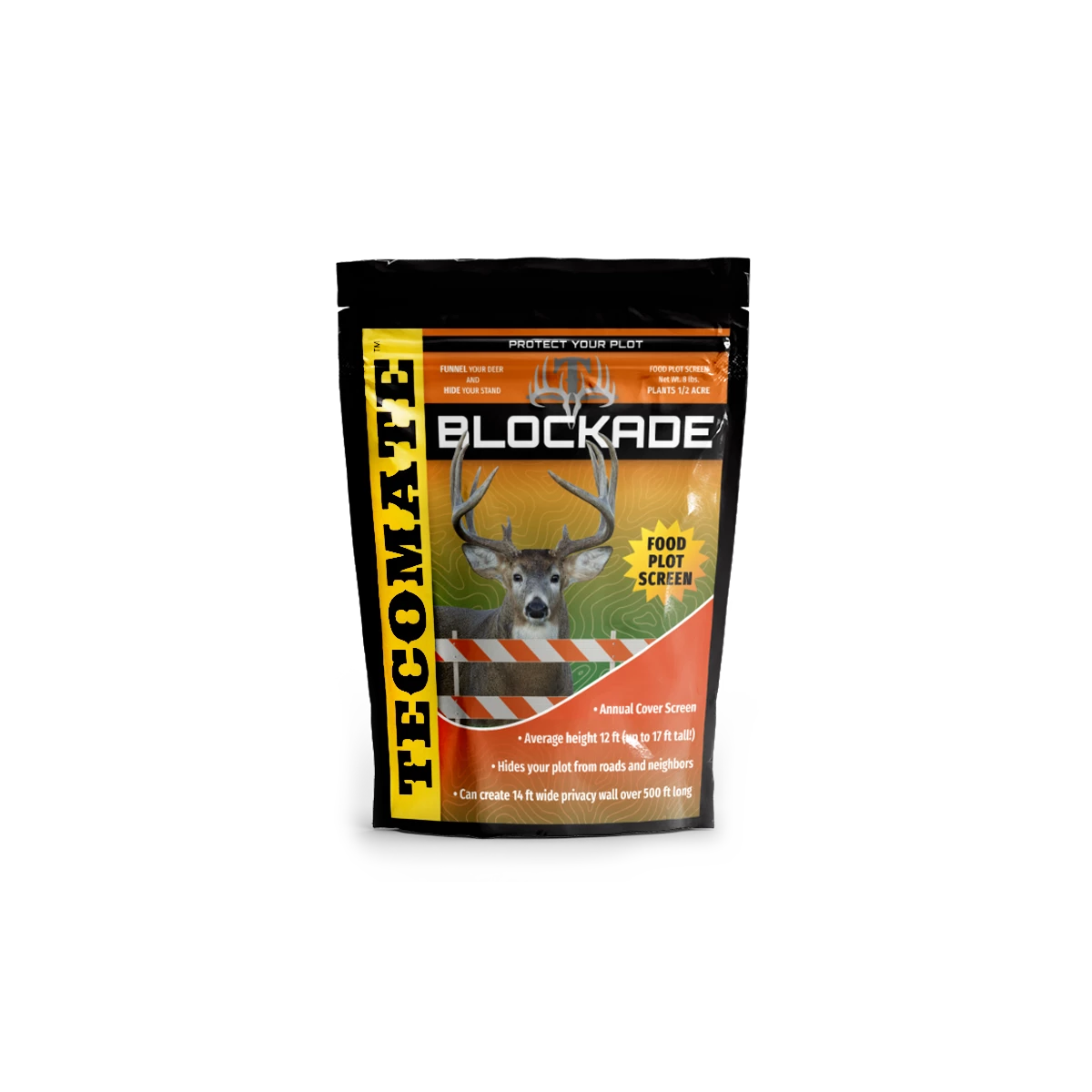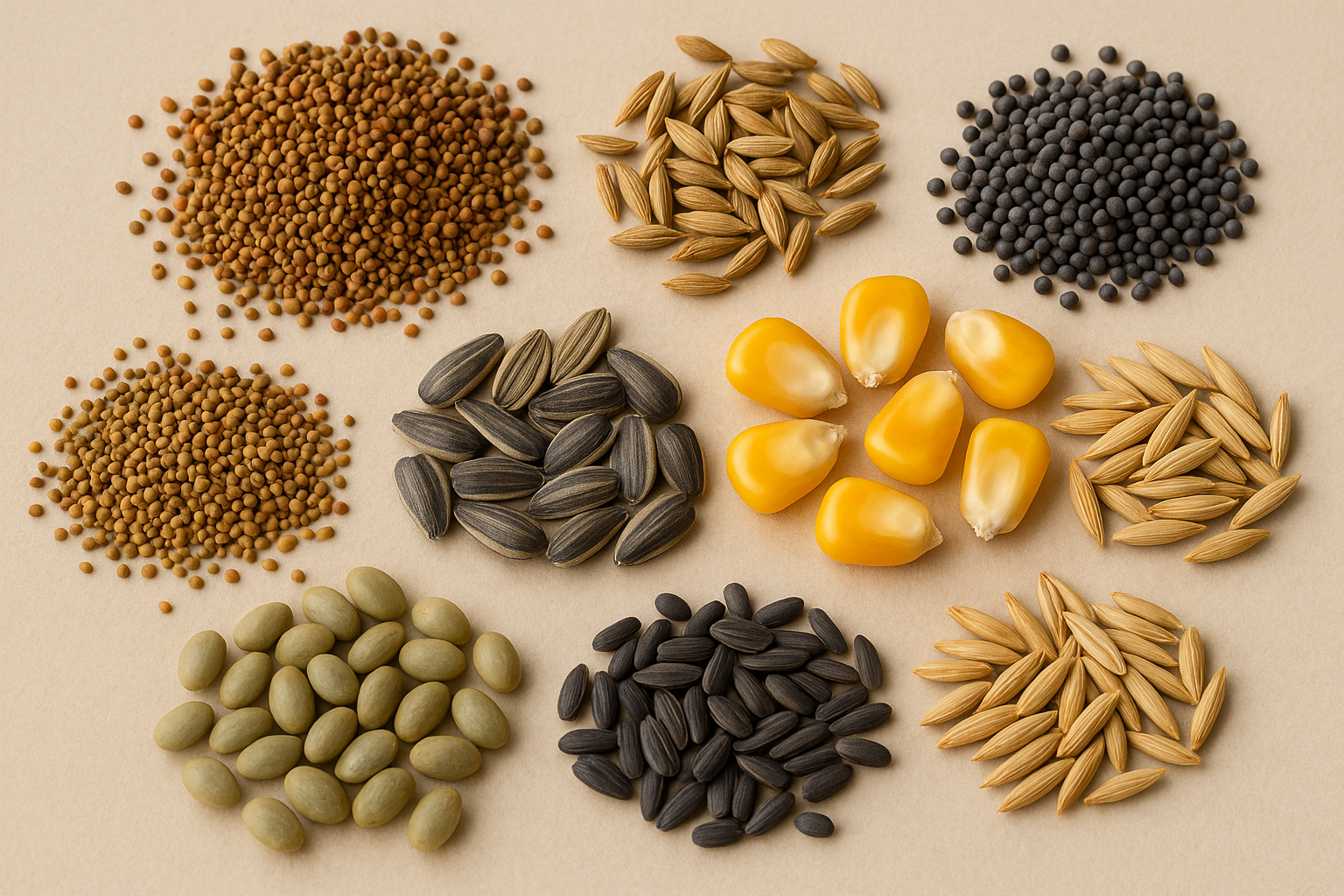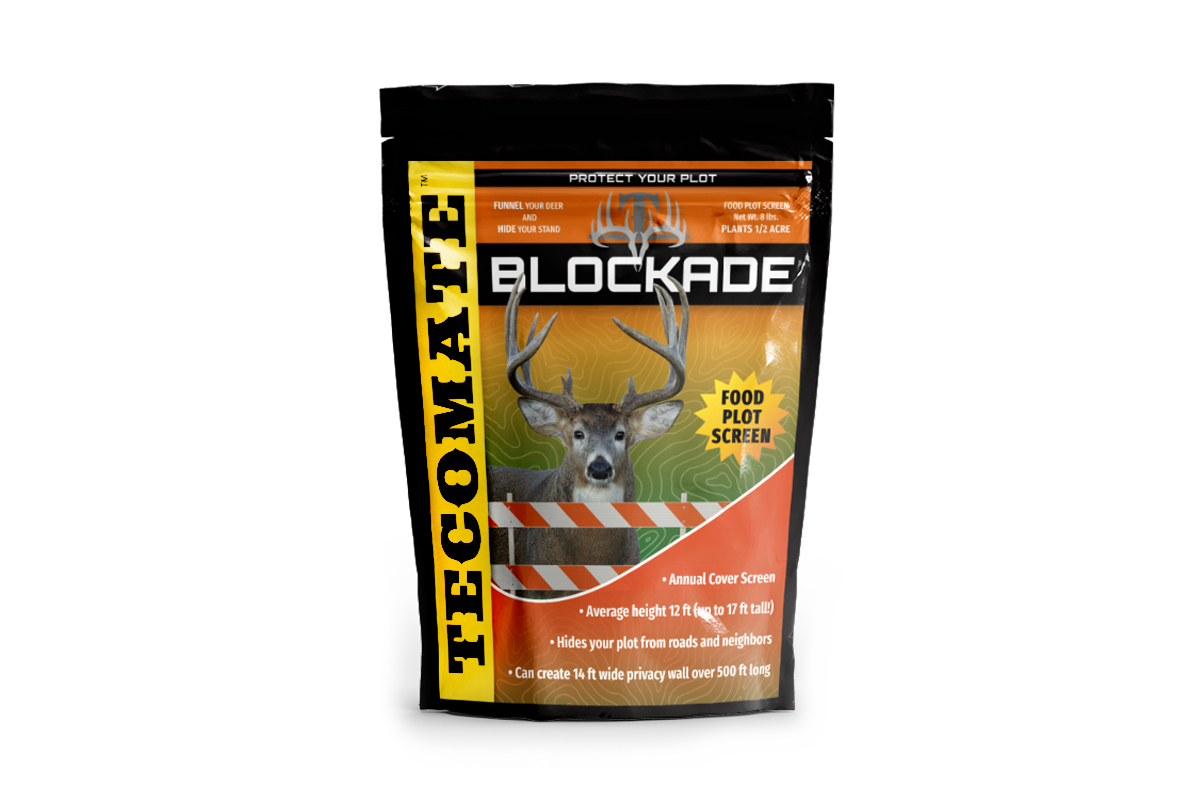Claw Extractors 101
Among rifle nuts the debate over the claw extractor system verses the push feed design will often generate a heated conversation within minutes after the subject is mentioned. I have witnessed more than a few of these debates and I myself have even been ask to defend one or the other on a regular basis. If you talk with anyone interested in hunting on the African continent using any bolt-action rifle without a claw extractor is akin to filling out your own death certificate before you have ever stepped off the plane.
So what is a claw extractor? The standard claw extractor is made of a strip of precisely machined, shaped and heat treated spring steel that is approximately 4.750” in length X .400” in height that lies parallel to the centerline of the bolt body along the ejection port side of the receiver. At the bolt face this extractor is machined with a 90 degree bend that points in towards the centerline of the bolt body and firing pin hole. This extractor is held onto the bolt body and into position by means of circular collar that lies in a groove found behind the recoil lugs. The extractor rotates 90 degrees on the axis of the bolt body as the bolt is turned into and out of battery. The design of this extraction system came from the genius of Paul Mauser and his progression of Mauser actions and then adopted by many manufactures soon after it’s advantages became apparent. The Winchester Model 54, Model 70, the 1917 Enfield and the 03 Springfield all employed this design early on. When properly fit the claw extractor has proven itself to be a very reliable means of controlling the cartridge case coming out of the magazine box as it is driven into the chamber and extracting the fired round from the chamber. The amount of surface area of this “claw” and the amount of rim engagement on the case is significant, with approximately 25 percent contact on the case rim. With the combination of cam angles machine into the action and bolt body real authority can be transferred to the extractor to remove a lodged or stuck case from the chamber under dusty or wet battlefield conditions.
The beauty of “control round feed” however is only accomplished when the design, engineering and manufacturing of the bolt body and entire receiver group is correct and to specification. The machining of the underside actions feed well, the shape and angle of the bullet ramp, the dimensions of the magazine box, follower and the tension applied by the magazine spring to the follower all come into play. When properly set up the claw extractor system will truly “controlled” the cartridge case during its trip towards the chamber and during the ejection of this case from the rifle. The claw extractor is an intricate part in the overall design of the action when in use. Done properly this system is very reliable and proven to deliver under the harshest of environments.
In comparison the extractors found on modern Push Feed bolt actions such as the Remington 700 differ considerably from the claw extractor systems by eliminating the long spring steel extractor all together and instead use a “C” shaped clip of spring steel recessed into the bolt face. Another popular push feed version can be found on the early and current Sako actions such as the L-579 and Model 85. This design is comprised of a coil spring actuated rectangular hook recessed into the bolt face. This same design is used in the M-16 and other similar variants. Unlike the claw extractor as the bolt is pushed forward and the cartridge case is stripped from the magazine box but not controlled by any mechanical means from the bolt face but from the geometry of the actions magazine feed well and rail widths. As the bolt is pushed forward the case is released from under the rails at predetermined point and pushed ahead of the bolt face and into the chamber. As the bolt is turned down into battery the “C” clip or Sako style extractor rides over the rim of the case and grips underside the rim in the extractor groove. Like the claw extractor this system also has a solid track record that has served the hunter as well as military personal all over the world under very extreme conditions for a very long time. To say the Remington or Sako style push feed extractor is unreliable is just patently false.
So with all the proven history what could possibly go wrong with a claw extractor?
It is now time to buckle your set belts. For this engineering marvel to properly work the bolt face, extractor and the cartridge case must be made to the exact same dimensional specifications every time. Ideally the cartridge case needs to be + or - .001 to .003 during manufacturing process. Likewise the bolt face and extractor must be made to the same dimensional standards every time to allow this system to operate as designed. As the cartridge rolls up into the bolt face and under the claw of the extractor the spring steel used to make the extractor needs to apply consistent and repeatable tension on the extractor when engaged in the extractor groove of the cartridge case.
What did he just say?
For the claw extractor to work properly the extractor must apply tension to the case as it rolls up into the bolt face. How much tension is a matter of debate but in an ideal scenario I have found that extractor must move + .004 to + .005 directly away from the bolt body when the cartridge is in place under the extractor hook and against the bolt face. The spring tension that is exerted by the claw against the extractor groove of the case will then hold the loaded round against the bolt face and PREVENT the case from slipping out of the bolt face if the bolt is ever stopped before the round is fully chambered and or as the case is removed from the chamber.
If the tension generated is to severe or tight it will require quite an unnecessary effort to allow the case to slide into the bolt face and this usually results in affecting the overall feed cycle of the rounds coming out of the magazine. In addition when this tolerance is to tight the sharp edge of the extractor is going to dig into the brass around the groove and litter the breech with brass shavings. So ideally the extractor groove on the cartridge case needs to be the same diameter and the bolt face and extractor hook made to the very same dimensions every time to properly work. The shape of the extractor face or claw is just as important as is the tolerance or gap between the claw and the bolt face itself to allow the system to work properly. With the machine technologies we have today the manufacture of these parts should be a simple as pouring milk you would think. But this is sadly not the case.
The fly in the butter is a result of “progress”, financial limits imposed by mass production cost and what we as consumers will pay for all these new gee wiz firearms. Over the years both action designers and ammunition engineers have begun to modify many original action design concepts without really considering what ramifications may result in the overall big picture. I direct this singular jab towards SAAMI and the ammunition manufactures in this regard. In this country the companies making all the ammunition agree to abide by established tolerances agreed upon as a collective. Without these industry standards we’d all be in deep water. It’s indisputably necessary for any means of control and standardization to have these tolerances but in my humble opinion some have been more than lax in the current dimensional call out for the lowly extractor groove diameter and its effect on literally millions of rifles made before the advent of CNC technology and CAD CAM. Of all the critical specs on a cartridge case the extractor groove diameter is the one dimensional area that seems to be an overlooked time and time again. Frankly I think more concern is given to the style of font on the head stamp. I have just measured the extractor groove diameter on five different factory manufactured loaded rounds. All cases were made for the very popular 300 Winchester magnum, all unfired and measured right out of the box. An accurate dial caliper was used for the measurements and three random cases were picked and measured from each box for an average diameter. The result of the measurements are as follows .448 .451 .463 .465 and .461
As you can see there is a .017 difference in diameters from the smallest to the largest diameter. So if a claw extractor has been properly set up for the case with the largest groove diameter and then these cases were substituted with cases that are of different manufacture and -.008 smaller in groove diameter the cases would no longer be controlled (remember all that hype about control round feed) as they were striped out of the magazine. In fact the case would fall out of the bolt face if the bolts forward or rearward movement were ever stopped during operation. In short you now have a modified PUSH FEED system at least before the round was completely chambered. Like wise a fired case could be prematurely released from the claw and bolt face on extraction of the fired case causing a possible jam.
Now lets look at the other extreme once again. If the extractor is fit to operate with the smaller diameter extractor grooves the larger groove diameter cases will require excessive effort to chamber the round as the case is trying to roll up into the bolt face and under the claw on its way towards the chamber. In both cases that famous claw extractor system has now been compromised completely by the ammunition alone and nothing more. This is where the Remington or Sako style extractor shines. At least for extraction as the lip of the push feed hook only has to ride over the lip of the case rim to engage the case for extraction.
We build 99.9% of our rifles using the Pre-64 or currently manufactured Winchester Model-70’s or the standard or magnum length 98 Mauser’s. These all use the original claw extractor system. However we devote a considerable amount of man-hours to the fitting and timing of these extractor systems on every project. During the construction process we will choose what we feel is the very best brass for the project and set up the extractor for that manufacture of brass. Properly setting up a claw extractor can take us hours to get them just like we want them. Often times we will remove the original extractor and replace it with a newly manufactured extractor and there are very, very few aftermarket extractors being made today that worth the effort or expense.
It obvious that a factory production line will just not allow this attention to detail. With cost always being a critical part of the bottom line on any factory production product many factories have tried to cut cost by using less than adequate materials for many parts such as extractors. Any example of this is shown with an extractor being bent into a pretzel with only my hands and very little muscle.
Material selection in this case was less than adequate in my opinion, as this steel has no memory what so ever. So with all this information brought into the sunlight where do we stand on the advantages of the venerable claw? Without some attention to detail and fitting the claw extractor system of today is no better or worse than any other extractor system on the market at this time in my humble opinion.
Usually at this part in the film the pitchforks and torches come in from stage right and we see our hero face an untimely slow death as he is dragged off by the mob.
In conclusion, when done properly I personally have always preferred the claw extractor system. My clients and I have depended on this design for over three decades all over the globe. Given a choice of components, the skills to set up all the moving parts correctly and coupled with brass made to the same uniform dimensions every time it is a brilliant reliable performer. But installed without the any attention to detail and adherence to the original design parameters coupled with brass dimensions varying like the weather it is no better than the any other current design on the market today regardless of the hype. And that’s the way I see it.
Posted by Darcy Echols











Leave a comment